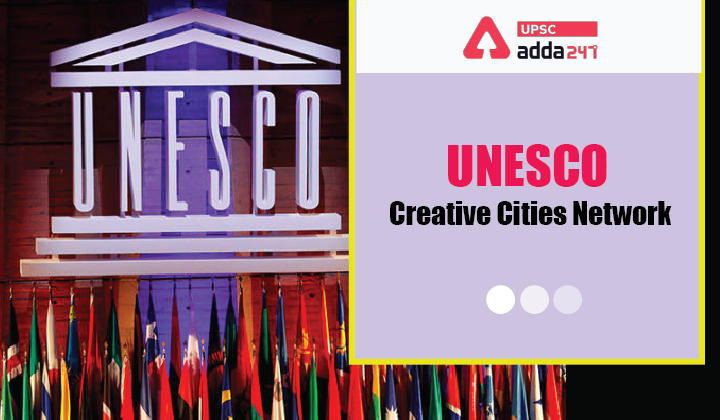Table of Contents
UNESCO Creative Cities Network: Relevance
- GS 2: Important International institutions, agencies and fora – their structure, mandate.
Have you cleared UPSC CSE Prelims 2021? Register Here for Free Study Material
UNESCO Creative Cities Network: Context
- Recently, UNESCO has designated 49 cities, including Srinagar, under UNESCO’s network of creative cities in recognition of their commitment to placing culture and creativity at the heart of their development and to sharing knowledge and good practices.
UNESCO Creative Cities Network: Key points
- Srinagar has been designated as a creative city of craft and folk arts.
UNESCO World Heritage Sites in India
UNESCO CCN in India
- Chennai and Varanasi – UNESCO Cities of music;
- Jaipur and Srinagar- UNESCO city of crafts and folk arts;
- Mumbai – UNESCO city of film; and
- Hyderabad – UNESCO City of gastronomy.
UNESCO State of Education Report 2021
UCCN covers seven creative fields:
- Crafts and Folk Arts,
- Media Arts,
- Film,
- Design,
- Gastronomy,
- Literature, and
- Music
About UNESCO Creative Cities Network
- The UNESCO Creative Cities Network (UCCN) was created in 2004 to promote cooperation with and among cities that have identified creativity as a strategic factor for sustainable urban development.
- The 246 cities which currently make up this network work together towards a common objective of placing creativity and cultural industries at the heart of their development plans at the local level and cooperating actively at the international level.
- By joining the Network, cities commit to sharing their best practices and developing partnerships involving the public and private sectors as well as civil society in order to:
- strengthen the creation, production, distribution and dissemination of cultural activities, goods and services;
- develop hubs of creativity and innovation and broaden opportunities for creators and professionals in the cultural sector;
- improve access to and participation in cultural life, in particular for marginalized or vulnerable groups and individuals;
- fully integrate culture and creativity into sustainable development plans.




 TSPSC Group 1 Question Paper 2024, Downl...
TSPSC Group 1 Question Paper 2024, Downl...
 TSPSC Group 1 Answer key 2024 Out, Downl...
TSPSC Group 1 Answer key 2024 Out, Downl...
 UPSC Prelims 2024 Question Paper, Downlo...
UPSC Prelims 2024 Question Paper, Downlo...
